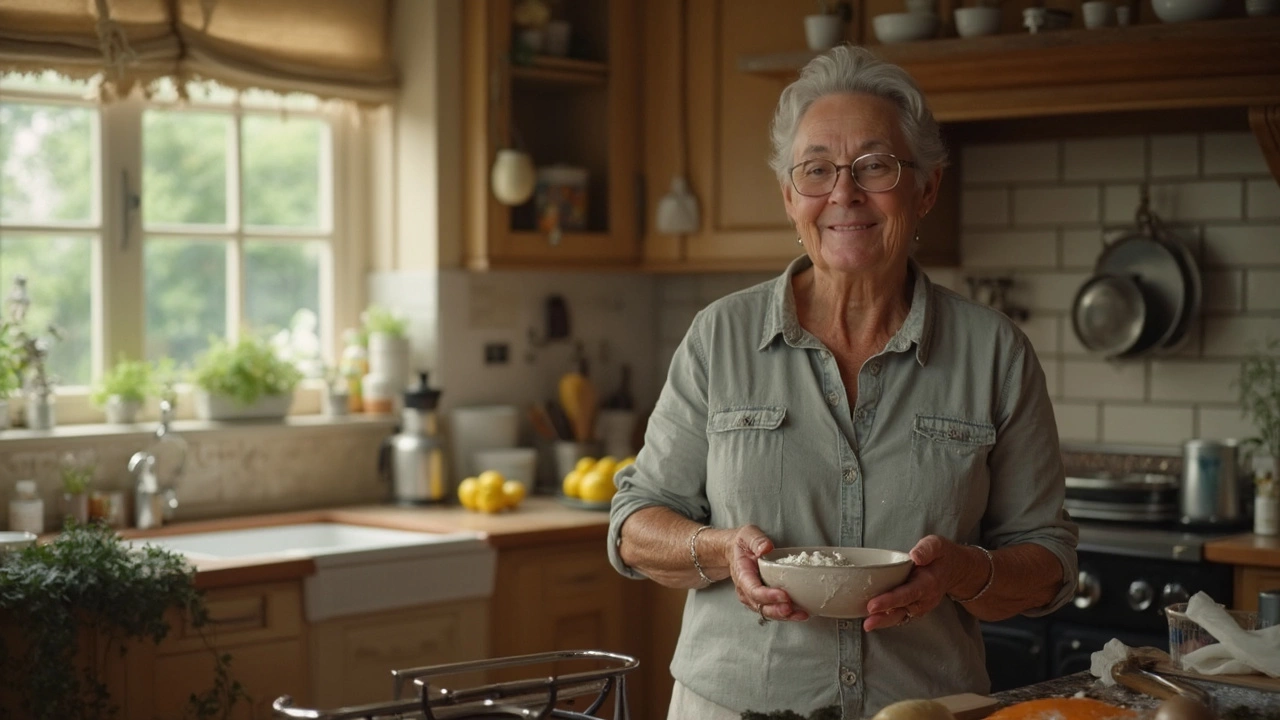DIY Oven Cleaner: Quick Recipes You Can Mix at Home
Cleaning a greasy oven feels like a chore, but you don’t need pricey chemicals to get it sparkling. With a few kitchen basics you can whip up a cleaner that cuts through burnt‑on food, smells fresh, and is safe around kids and pets.
Basic Ingredients You Already Have
Most DIY oven cleaners rely on three cheap items: baking soda, white vinegar, and water. Baking soda is a mild alkali that loosens grime; vinegar adds acidity to melt grease; water dilutes everything so you don’t splash a concentrate.
Optional extras like lemon juice or a pinch of salt can boost the power for stubborn spots. All of these ingredients are pantry staples, so you’ll probably have them on hand already.
Step‑by‑Step Cleaning Guide
1. Make a paste. Mix ½ cup baking soda with a few spoonfuls of water until you get a thick, spreadable paste. It should be the consistency of toothpaste.
2. Apply. Turn off the oven and let it cool. Rub the paste all over the interior, focusing on the bottom and the walls where the burnt residue lives. Use a silicone spatula or a worn‑out brush to spread it evenly.
3. Let it sit. The paste needs time to work. Leave it for at least 30 minutes; for really tough grime, overnight is best. The longer it sits, the easier the next step becomes.
4. Spray vinegar. Fill a spray bottle with white vinegar and spritz over the baking‑ soda coating. You’ll see it fizz – that’s the chemical reaction breaking down the grease.
5. Scrub and wipe. Grab a damp cloth or non‑abrasive scrubber and wipe away the softened mess. Rinse the cloth often and change the water until the surface looks clear.
6. Final rinse. Give the oven a quick wipe‑down with a clean, damp cloth to remove any leftover residue. Dry with a paper towel or let air dry before the next use.
If you run into especially stubborn black spots, try a second round using a 1:1 mix of vinegar and water, plus a sprinkle of coarse salt. The slight abrasiveness of the salt helps lift the carbon without scratching the enamel.
Safety tip: never use steel wool or harsh scouring pads on enamel‑coated ovens – they can scratch and cause damage. Stick to soft sponges, silicone tools, or an old toothbrush for tight corners.
When should you reach for a commercial product? If the oven has a self‑cleaning cycle that’s broken or you’re dealing with melted plastic, a store‑bought cleanser designed for those materials might be safer.
DIY cleaning not only saves money, but it also keeps your kitchen free from harsh fumes. The recipes above cost under £1 and use ingredients you already trust.
Give one of these methods a try the next time your oven looks like a battlefield. You’ll be amazed how much shine you can get with just baking soda and vinegar – no toxic chemicals needed.

Best Homemade Oven Cleaner: Simple Solutions That Work
Struggling with burned-on grease and mystery stains inside your oven? You don’t need expensive cleaning supplies or harsh chemicals to get your oven sparkling. This article breaks down the best homemade oven cleaner using stuff you already have in your kitchen. Save money, skip the fumes, and follow real-life tips for a clean oven. Plus, you’ll get handy advice to make the job easier.
Read More